Maldives is the perfect destination to swap the hustle and bustle of your city life for a sun-drenched beach bliss escape with a relaxed and tranquil ambiance, but it has so much more to offer that it is often bewildering to decide what to do. Don’t worry, I have compiled a list of ten of the most quirky and unusual aspect of the country that you’ve (hopefully) not been suggested before.
Mud bathing in Fuvahmulah
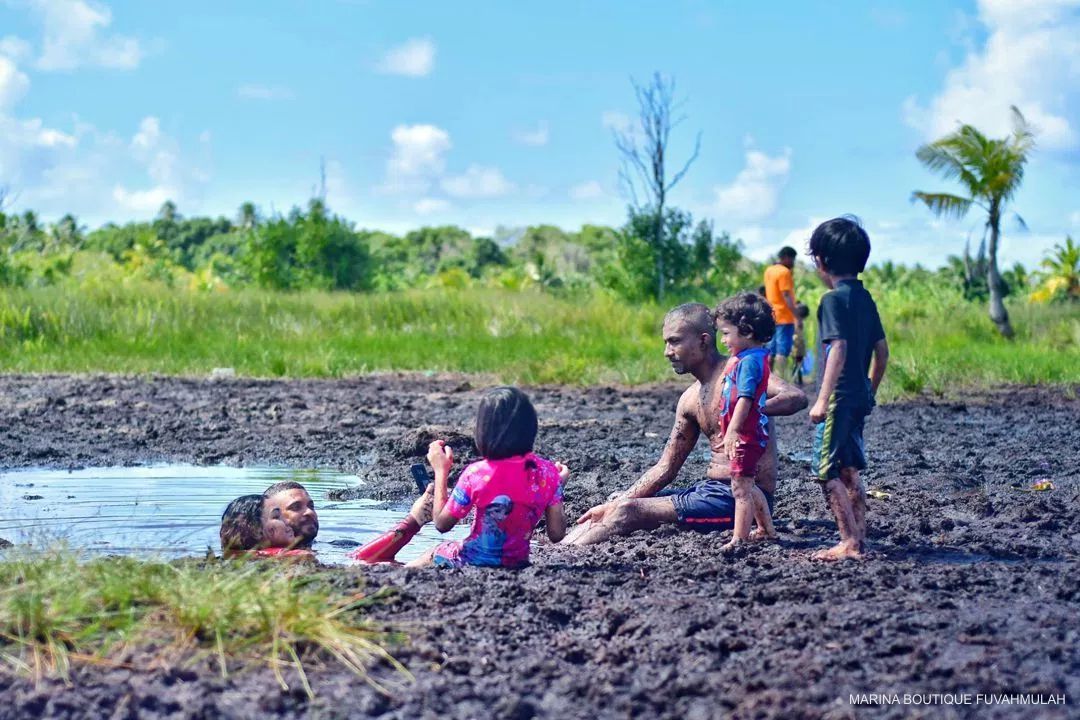
Remember playing in the mud at some point during your childhood? Some parents may not approve of their children partaking in this type of ‘down and dirty’ activities. But, as adults, there are healthier choices with mud facials and treatments which are said to exfoliate, improve circulation, and relieve muscle tension and body aches. In recent years, locals and foreigners have been drawn to Kodakilhi, a natural muddy pool near Bandaara Kilhi, one of the two fresh water lakes in Fuvahmulah, the third largest island in the country.
Diving into the air pocket of the Kuda Giri wreck
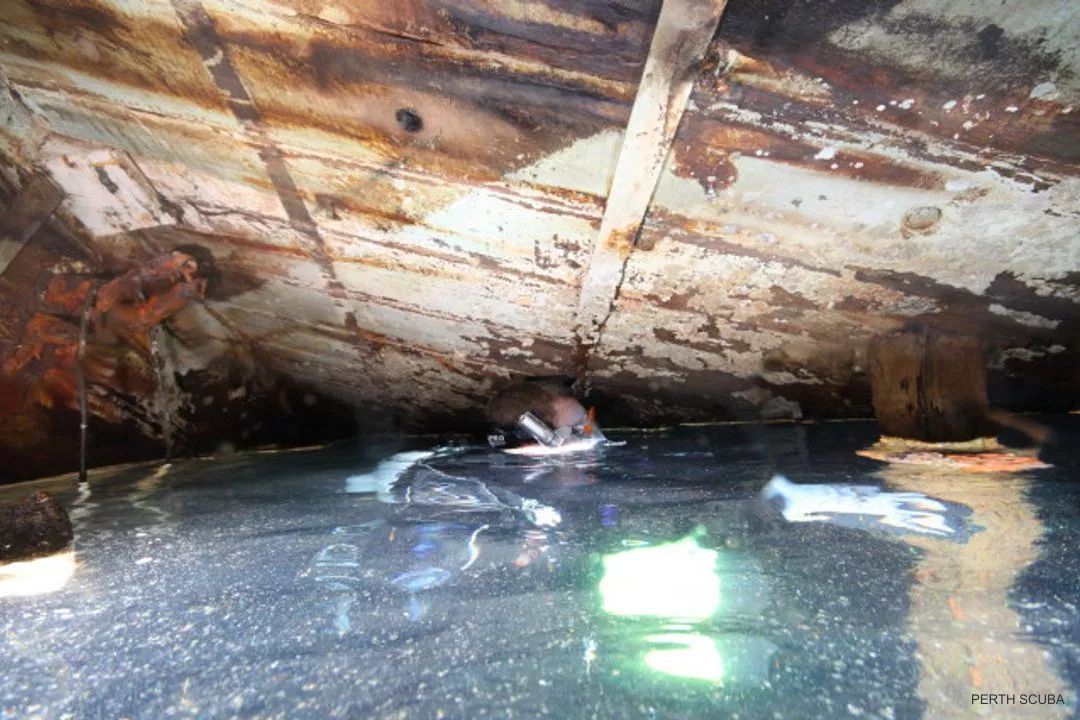
Kuda Giri is the wreckage of a deliberately sunk freight ship near Maafushi island in South Malé atoll. It is an interesting dive site and pinnacle that has transformed to an artificial reef full of marine life, and today it’s a haven for divers from all over the world. It is also possible to penetrate the wreck in a few places, and surprisingly at 25 meters (80 feet) deep at the bottom of the ocean, the sunken ship holds an air pocket of divers’ exhaust gases (carbon dioxide) lethal to humans at concentrations of about 5 percent. But, what makes this experience remarkable and rare is being able to scream through your diving regulator at your dive buddy and capture a photograph as a memory. Recommended for experienced divers or beginners under professional supervision.
Octopus Hunting
If you love the exquisite flavors and aromas of seafood, then don’t miss out on the chance to try unique specialty dishes during your Maldives holiday. Fringed by the ocean, seafood is the name of the game in this Indian Ocean island chain. Octopus dishes are abundant throughout the Maldives and are a favorite among the locals and visitors alike. An Octopus has three hearts, and eight semi-autonomous arms that can taste the world. They are gifted with amazing camouflage skills and are extremely intelligent. And how are these extraordinary creatures hunted? The best places to find them are around nooks and crannies of the rock formations along the reef. They are usually teased or impaled by the pole spear while they hide in its cave, and as soon as it starts swimming away, they are grabbed by the tentacles and their heads are flipped inside out to make them more docile.
Gettin’ Vajidhu with it
Vajidhu is the final element and stage of Boduberu drumming that leads to Baburu dance. It is said to have been recorded much earlier than the 11th century in Maldives. It begins with drumming and are usually performed by a group of about 15 people, including three drummers and a lead vocalist. The songs begin with slow drum beats, emphasis on drumming and dancing – as the music gradually gets louder and faster, the dancers continue maintaining their wild beats in sync with the frantic moves, their facial expressions and physical gestures drastically change leading to a trance. Although Boduberu is commonly performed across the country, very few Boduberu groups perform the Baburu dance.
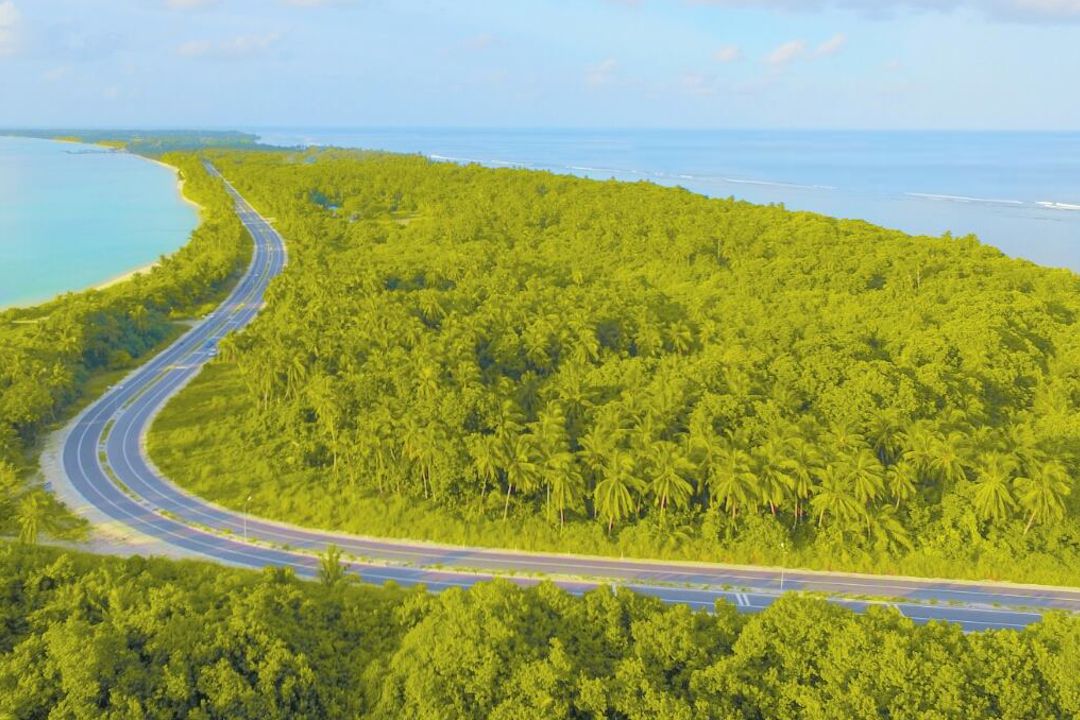
Drone Photography has rapidly transformed into one of the most captivating ways to document the Earth from above and we have to admit, we are hooked. And while Maldives is a dream holiday destination with more than 120 resort islands catering exclusively for travelers who are in search of luxurious sojourns across the globe, not all them allow their guests to capture their happy moments through drone photography. Most of the resort islands prohibit operating drones or other mechanical flying devices over or inside their property. While many tourists buy drones prior to traveling to Maldives on holiday, it’s recommended to check with the resort islands for their drone policies before confirming their reservations. Choose Laamu atoll for drone photography and to capture some of Maldives’ most scenic sights as your backdrop. A 15-km asphalt road in Laamu atoll, also the longest road in the country connecting the four neighboring islands of Gan, Maandhoo, Kahdhoo and Fonadhoo offer spectacular views of the Indian Ocean. Drone photography here will definitely not disappoint you.
Wreck Snorkeling near Keyodhoo
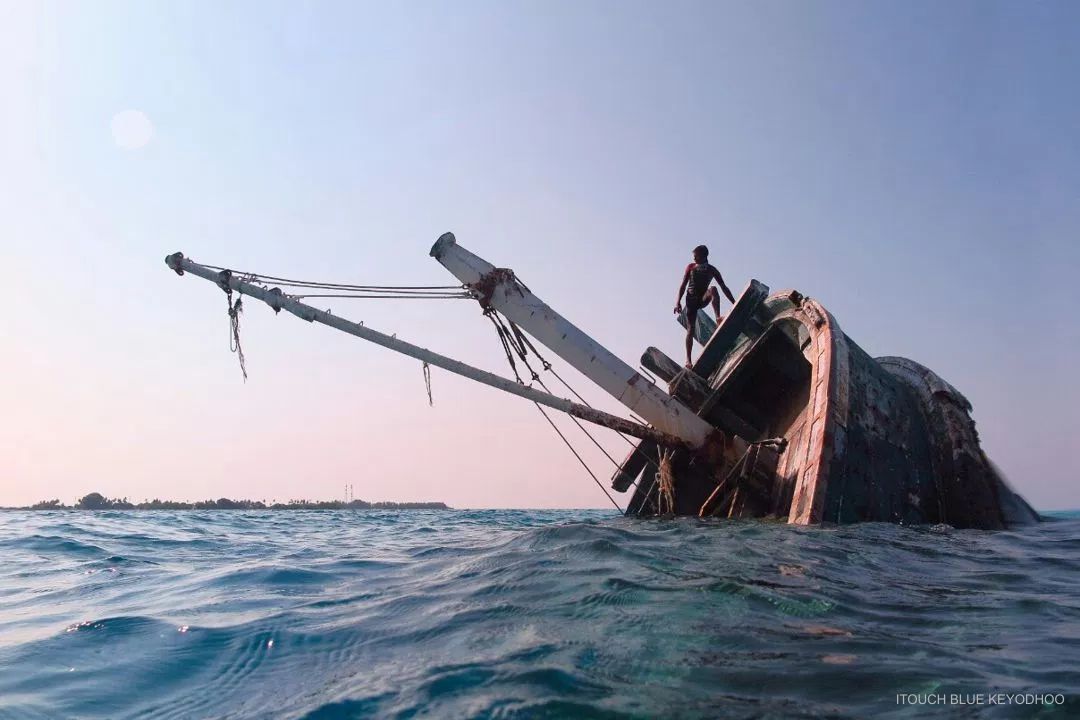
One doesn’t necessarily have to join a boat excursion to experience good snorkeling and diving in Maldives. This beautiful wreck in Vaavu atoll, just a kilometer away from the island of Keyodhoo is surrounded by pristine coral reefs and dramatic undersea landscapes, teeming with a myriad of marine life that is heaven for underwater enthusiasts. The bow of the wreck sticks out of the water right next to the reef and divers hail it as one of the best dive sites around the atoll. Go out a bit further and you’ll find schools of reef sharks.
Stand-Up Paddleboarding in Goidhoo’s freshwater lake
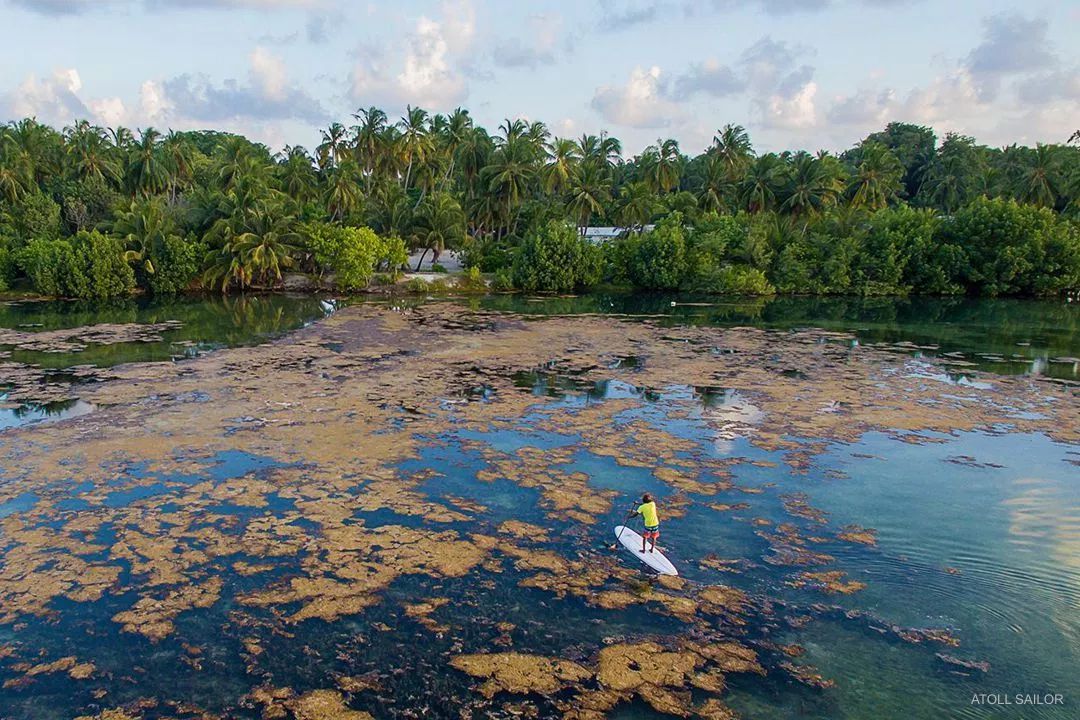
If you’ve ever seen someone doing Stand up paddleboarding, or SUP for short, you’ll know how good it looks – smoothly gliding on the water while standing up. This activity features graceful simplicity and could be mastered in less than an hour. It is a rapidly growing global sport mixing surfing and paddling and gives participants a strong core workout. A freshwater lake, a veritable rarity in the Maldives at Goidhoo island in Baa atoll is a great place for beginners, as there are paddle board rentals around the lake. You’ll discover this region of the Maldives as magical as you will find anywhere in the country, and there is no better way of exploring it than on a calm day. Whether you want to relax, do some SUP yoga or explore the gorgeous surroundings covered in tropical growth – mostly palms of several varieties (including coconut palms) and rubber plants.
Take part in the Eid celebrations
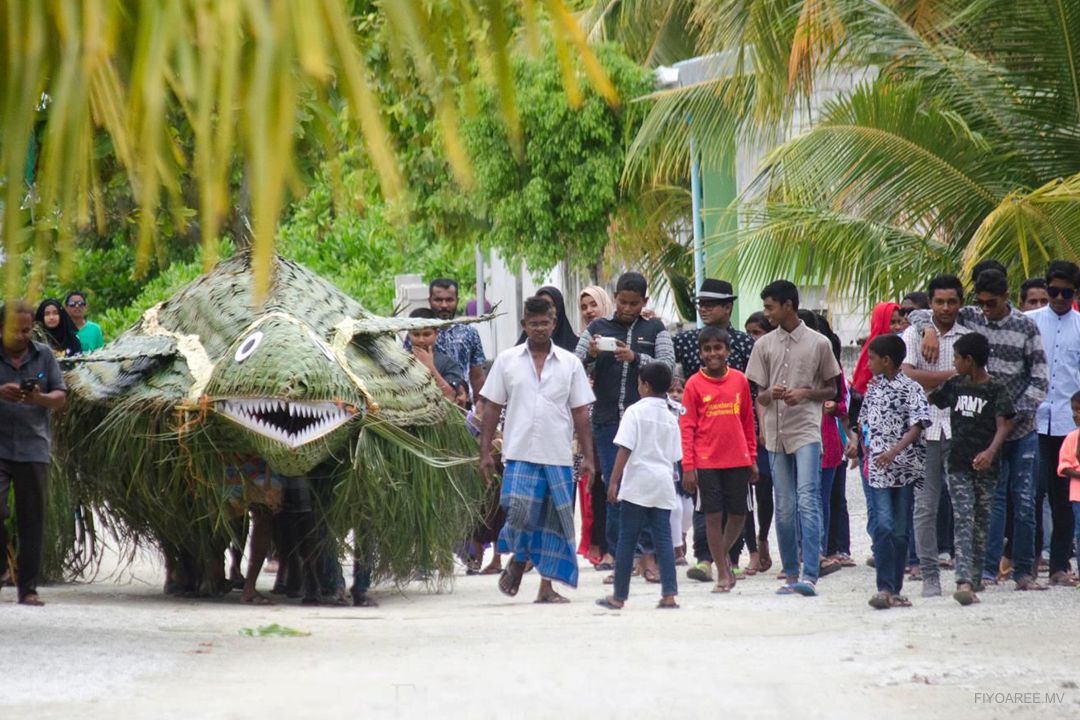
The Maldives is an Islamic country, and the two muslim festivals of Eid are annually celebrated across the nation. Many Malé residents also travel to their home islands for Eid to celebrate along with family members and friends. Eid customs and activities differ from island to island, and atoll to atoll, but one quality shared by all of them is the the traditions of generosity and hospitality. Many of the customs have seen significant changes with time – modern music concerts and shows are now held in the capital city of Malé and other islands – there is a renewed focus on reviving traditional sports such as Baibala, Maali, Koadi, Dhanidi jehun and Bodumas. Visit the local islands during your stay in Maldives and observe and take part in the Eid festivities to experience some of the cultural and traditional activities performed by the islanders to mark the special occasion.
Spend a night by the beach on a Holhuashi
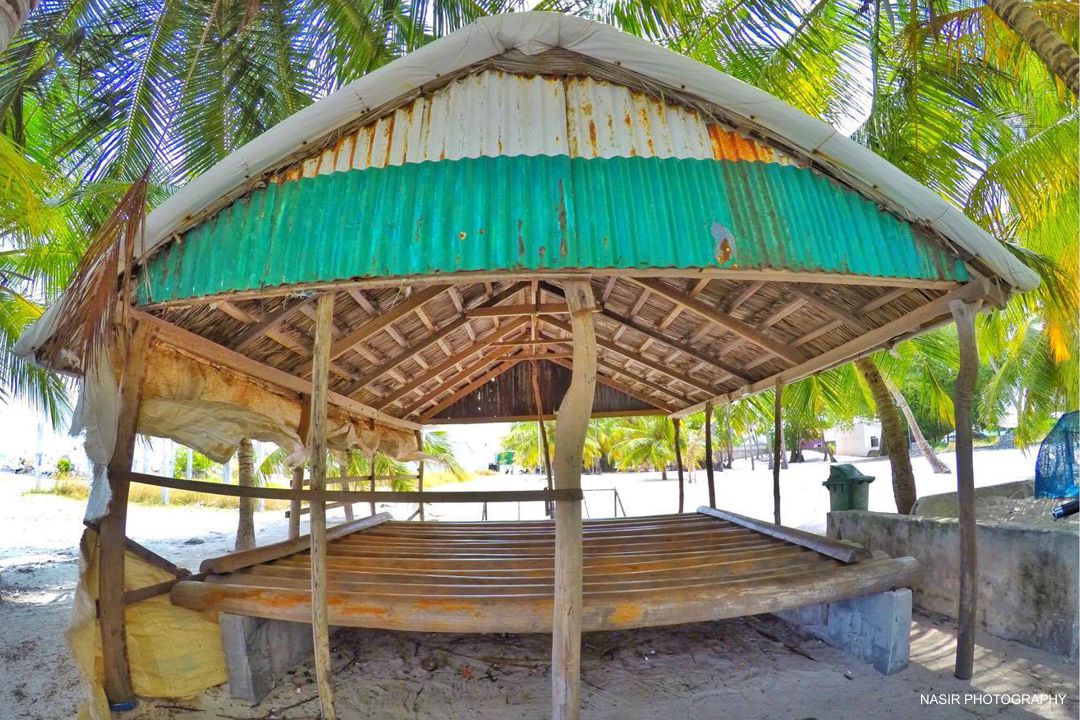
Maldives is picturesque, idyllic and serene to explore during the day, and when the sun goes down and the moon shines bright and stars begin to glitter, the scenic beauty takes on a whole different level – complimenting a unique and fulfilling “island nightlife” experience. Many of the country’s inhabited local islands feature a holhuashi, a Maldivian version of a gazebo, built with hollow wooden trunks roped to form a bench-like seat, and often shaded by a thatched roof. They are usually set up by the beach, often where the boats dock, and is a place where islanders wind off and socialize after a day’s work, playing traditional and cultural games, and listening to the local radio programmes. There’s no better way to take in the night’s sights and sounds than by sleeping in a holhuashi and enjoy a night full of star-gazing while listening to the sound of gentle waves washing ashore. This is definitely a once-in-a-lifetime kind of experience.
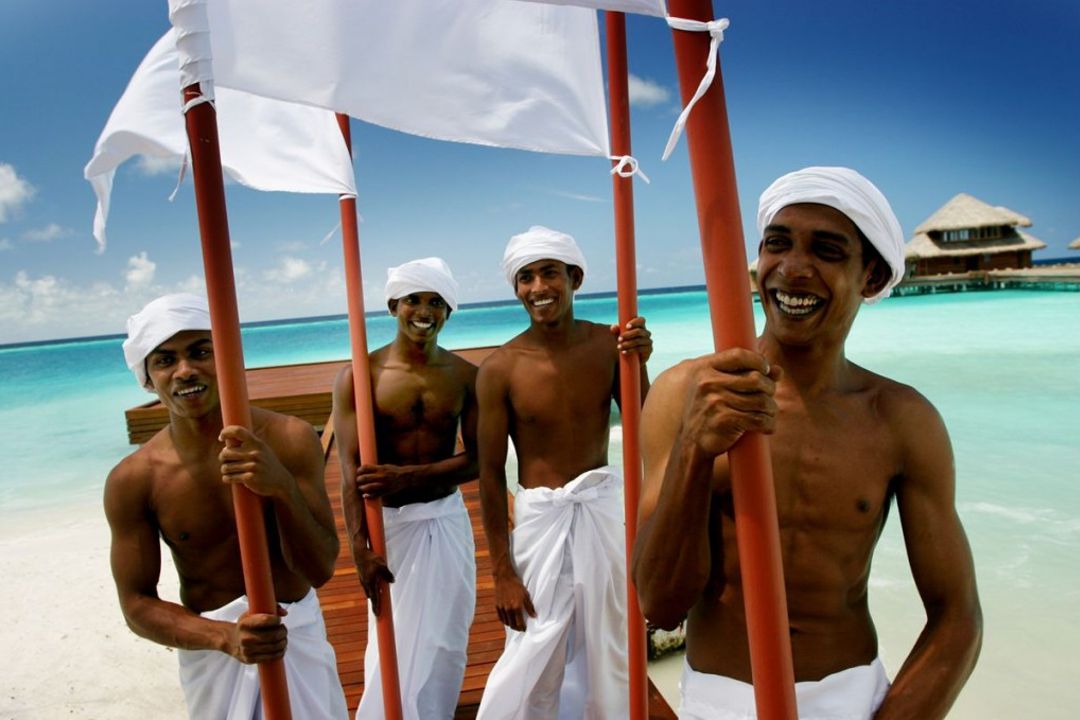
It is not at all unusual to end up getting a free meal or a place to spend the night at a Maldivian’s home, as a foreigner especially outside the capital city. Hospitality has always been a value Maldivians cherish deeply and are extended to anyone who is willing to grace them with a visit. Cover photo by Mandheera Boduberu Group

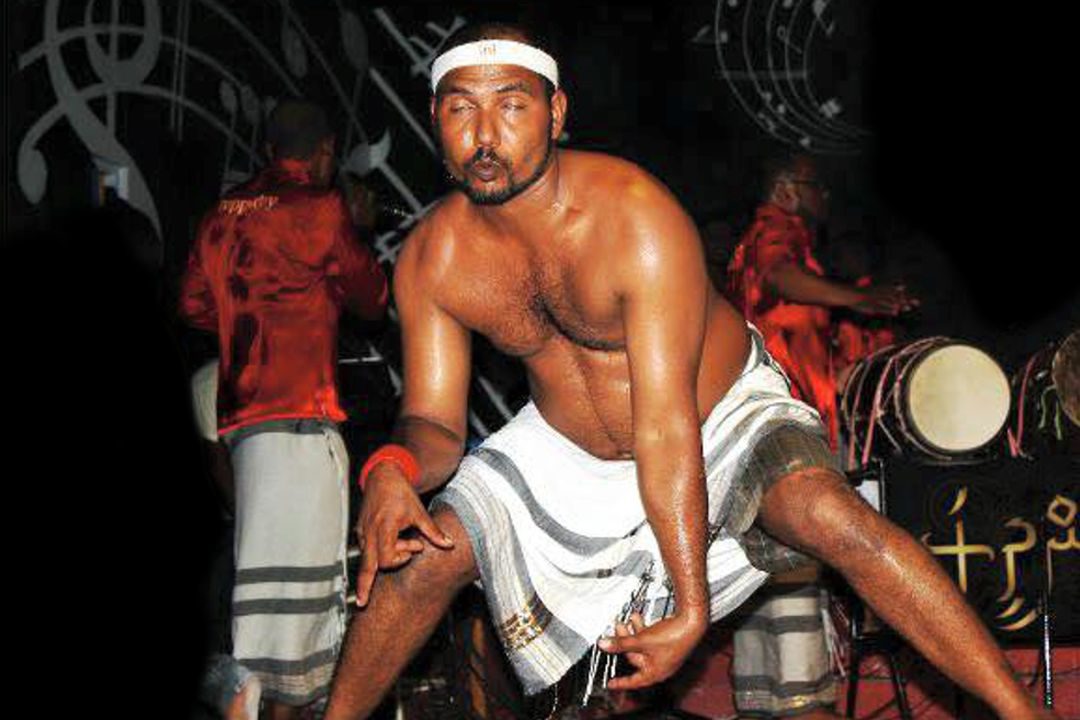
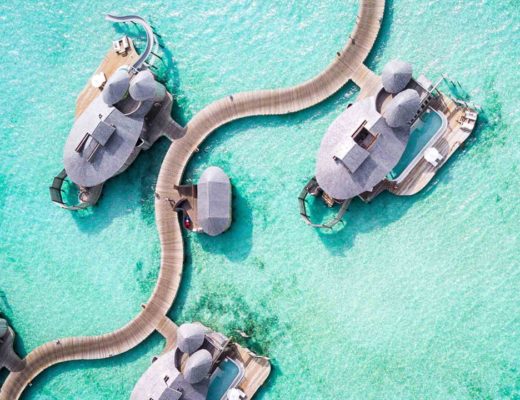

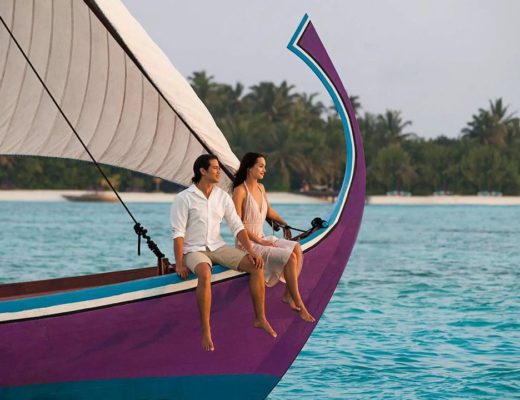
No Comments